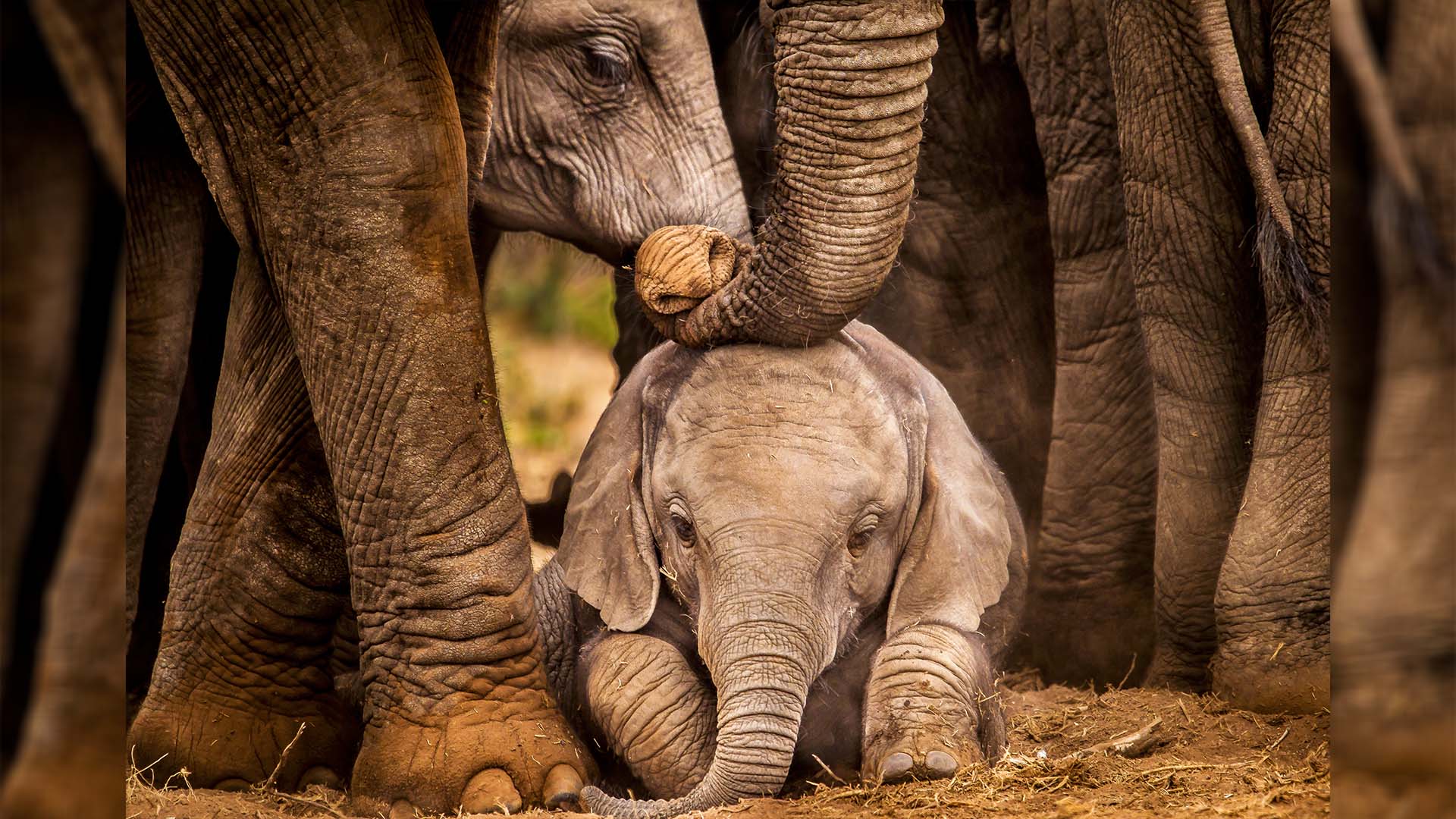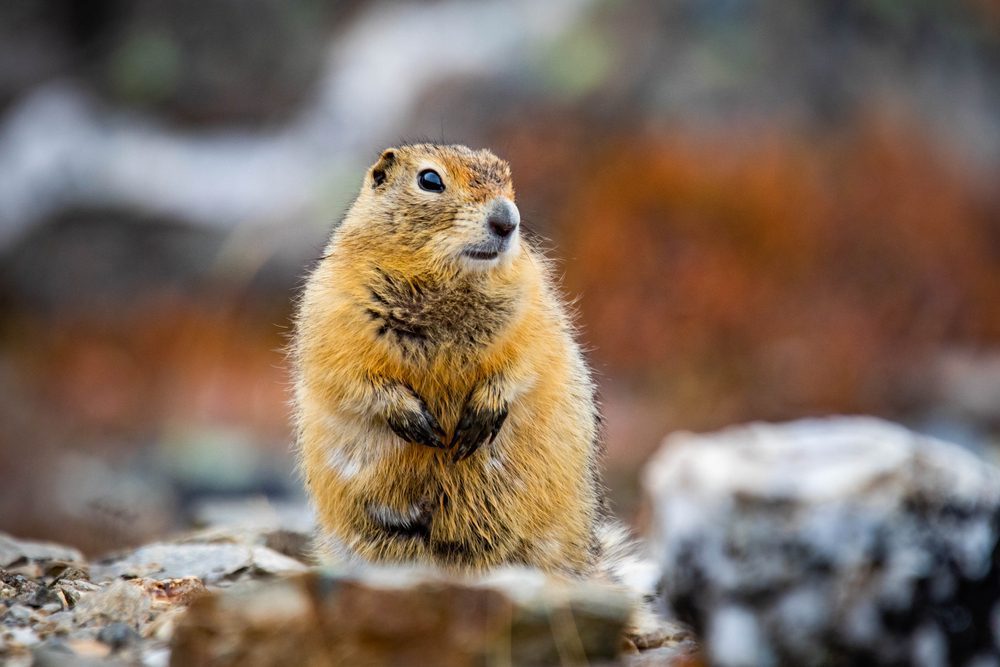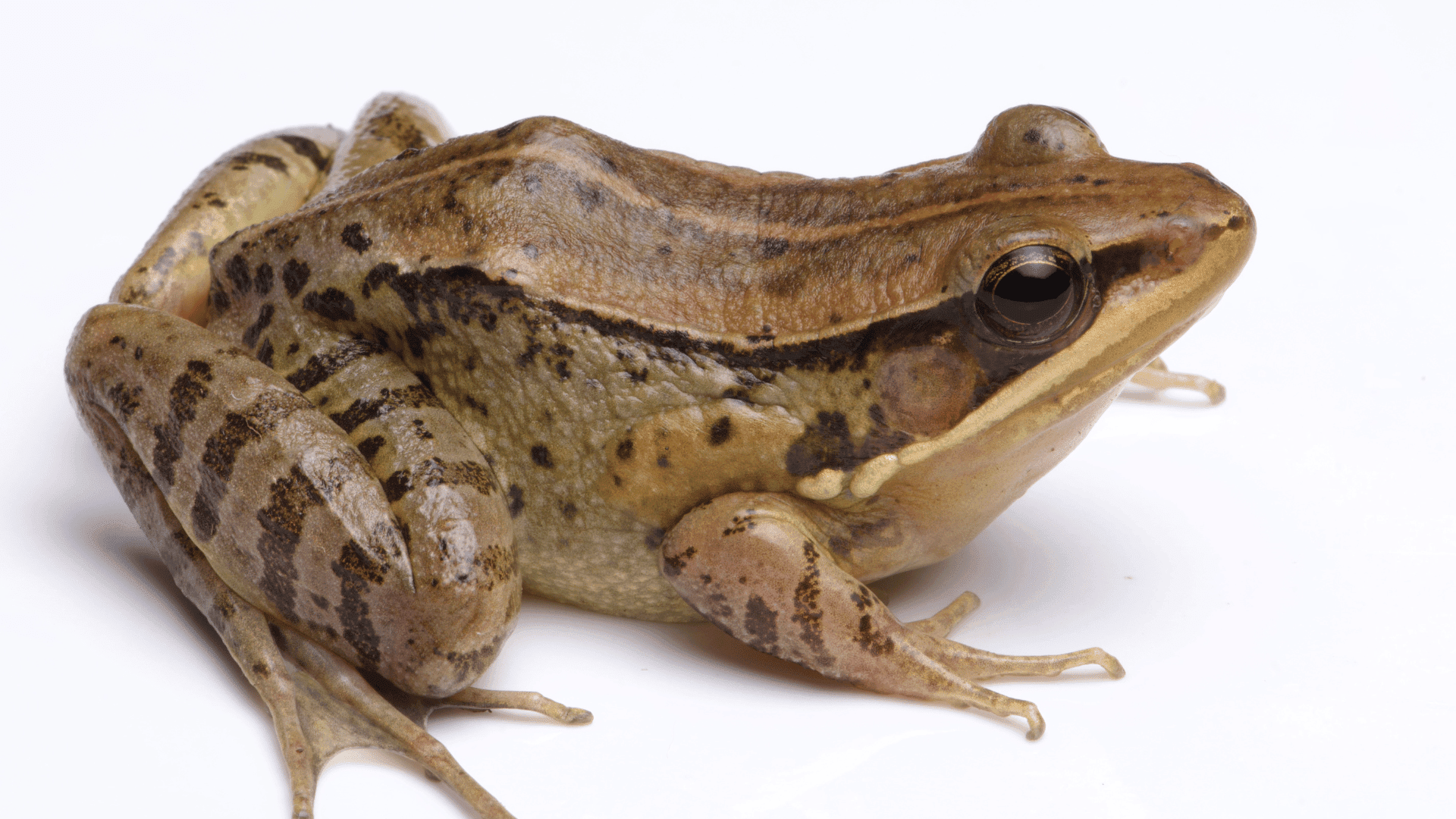The rhesus monkey, whose physiology is similar to humans, has been cloned for the first time.
Rhesus Monkey
Rhesus monkeys are like any other monkey. This species of monkey eats fruits, seeds, roots, herbs, and insects in the wild. They are native to forests but also coexist with humans in some parts of the world. Many live in India, Nepal, northern Southeast Asia, and northern and eastern China. Rhesus monkeys are also important to medical and psychological research. They are familiar with space, too. In fact, it was the first monkey to ever go to Earth’s stratosphere.
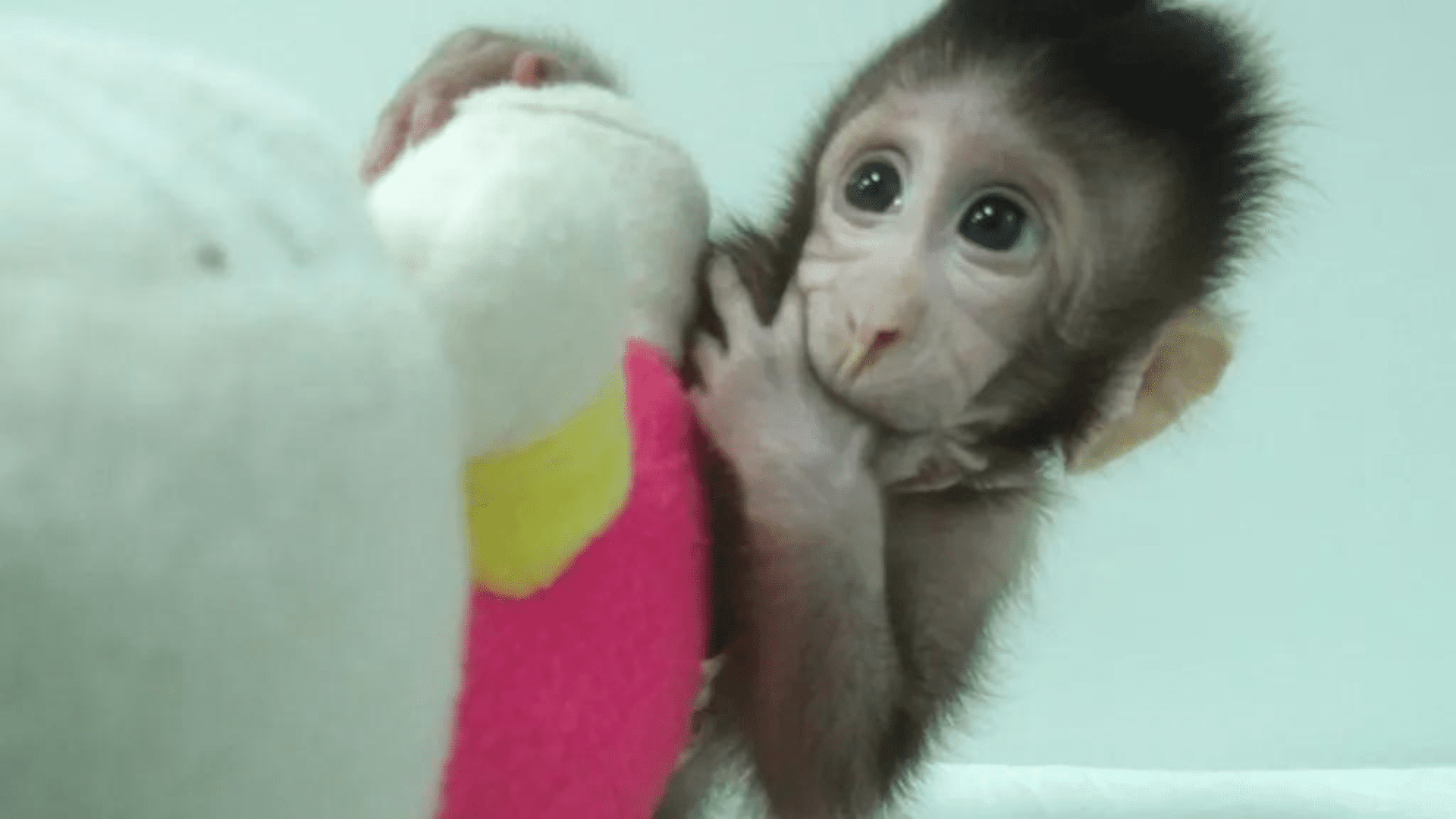
Cloning The Rhesus Monkey
In 2018, a monkey named Zhong Zhong was the first macaque monkey cloned. Because the rhesus monkey is used in studying infections and immunity, also cloning that type of monkey was an important milestone for researchers. Researchers at the University of Chinese Academy of Sciences said cloning rhesus monkeys is difficult. The process includes cloning adult cells to become embryonic. The cells are taken from one monkey and turned into an embryo which allows it to grow in an organism. That embryo is then put inside a surrogate mother and it results in a clone of the original. This is the same process used on the famous Dolly the sheep. Because of the difficulty, a rhesus monkey was never cloned, until two years ago.
ReTro
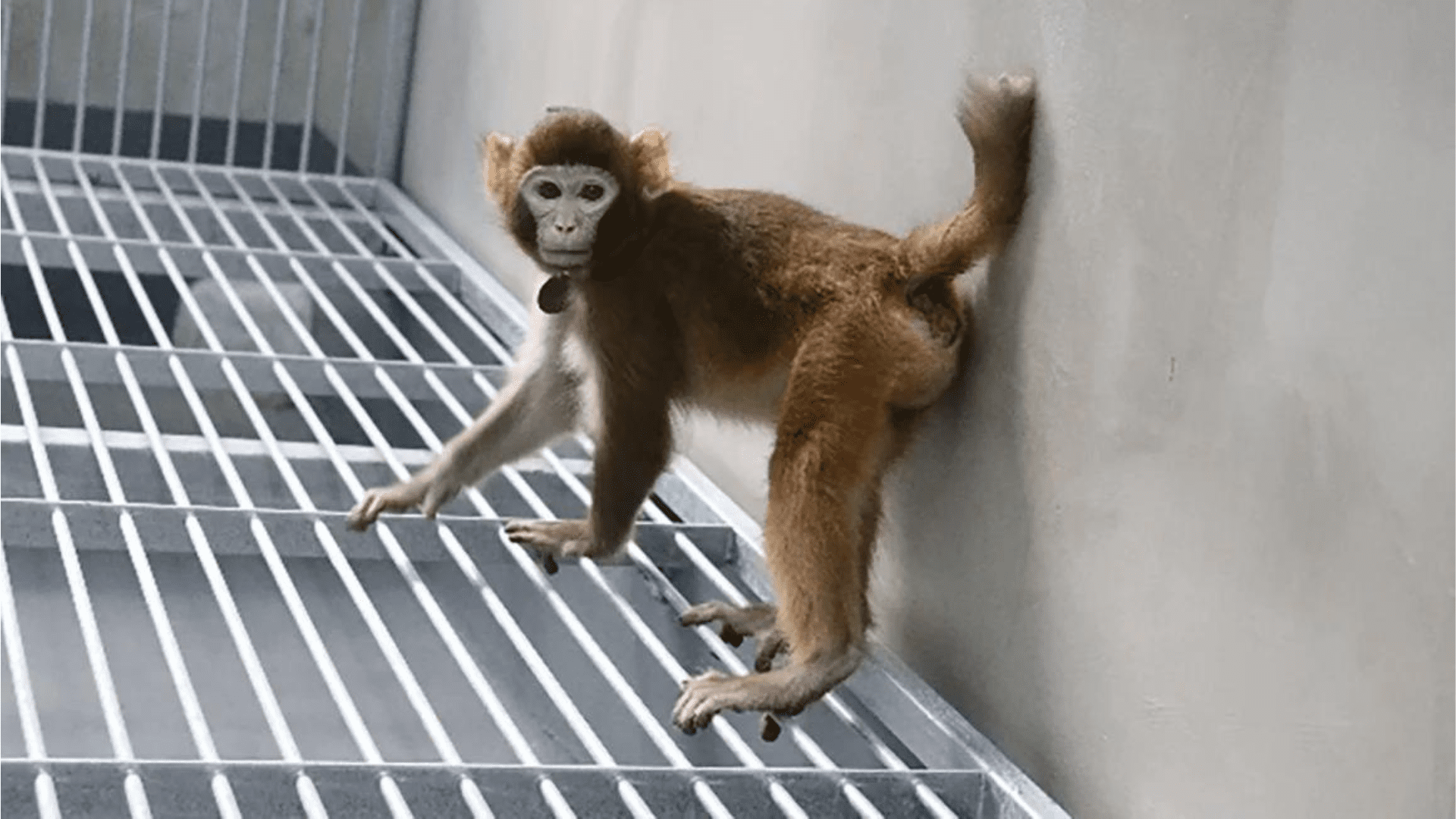
Meet ReTro. The cloned rhesus monkey gets his name from the scientific method used to produce him called “trophoblast replacement.” Researchers in China produced ReTro two years ago but only recently published their findings. In the process of producing ReTro, researchers used 113 embryos and two pregnancies. ReTro was the only live birth.
The cloning, of course, is not without controversy. Prof Robin Lovell-Badge, of the Francis Crick Institute in London, supports animal research when the benefits outweigh the animal’s suffering but has concerns, “Having animals of the same genetic make-up will reduce a source of variation in experiments. But you have to ask if it is really worth it.” He continues, “The number of attempts they had is enormous. They have had to use many embryos and implant them into many surrogate mothers to get one live-born animal.”
Dr. Falong Lu with the Chinese Academy of Sciences is optimistic about the findings and is confident the number will be lower after the initial cloning. He also says all ethical approvals were obtained for the research.
Dr. Falong Lu said, “All animal procedures in our research adhered to the guidelines set by the Animal Use and Care Committees at the Shanghai Institute of Biological Science, Chinese Academy of Sciences (CAS), and the Institute of Neuroscience, CAS Center for Excellence in Brain Science and Intelligence Technology.”



